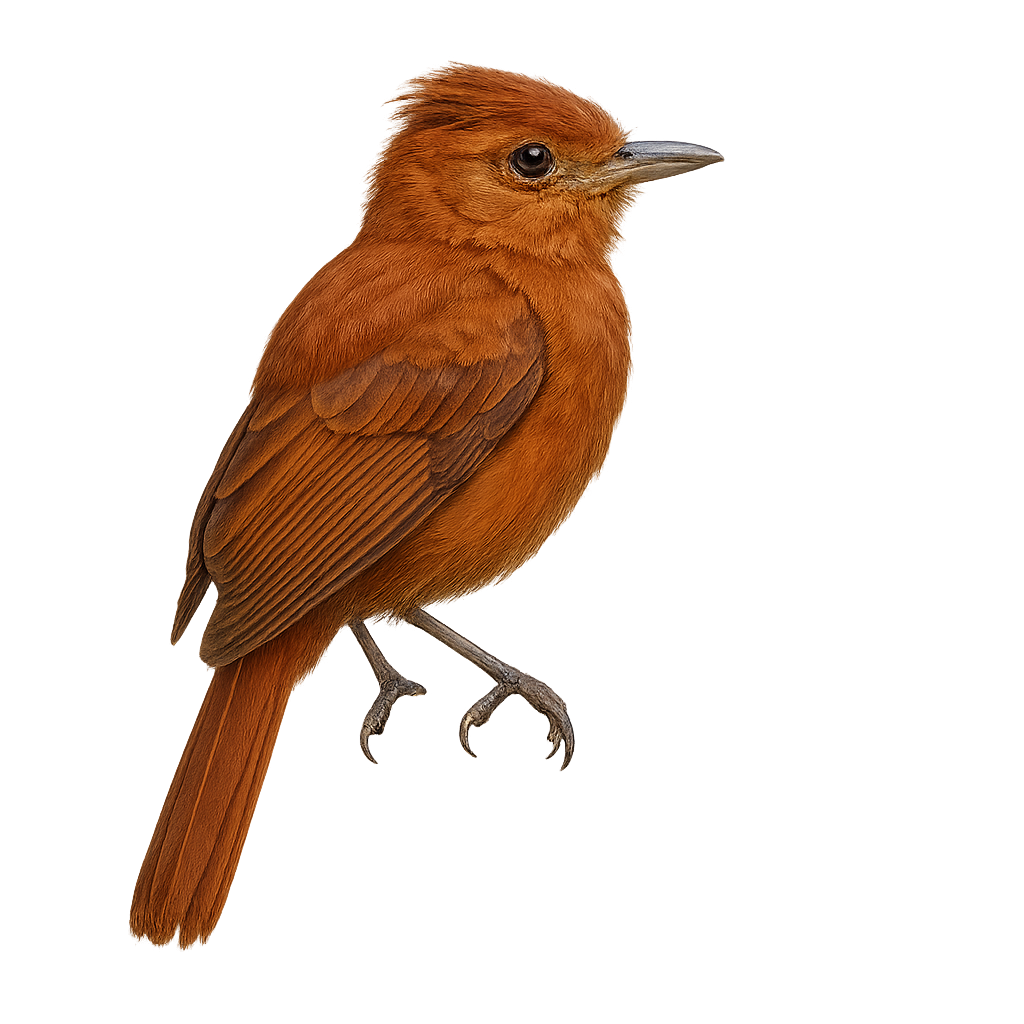Your wildlife photography guide.
Explore the rufous twistwing in detail, study its behavior, prepare your shots.
Where to observe and photograph the rufous twistwing in the wild
Learn where and when to spot the rufous twistwing in the wild, how to identify the species based on distinctive features, and what natural environments it inhabits. The WildlifePhotographer app offers tailored photography tips that reflect the rufous twistwing’s behavior, helping you capture better wildlife images. Explore the full species profile for key information including description, habitat, active periods, and approach techniques.
Rufous Twistwing
Scientific name: Cnipodectes superrufus

IUCN Status: Near Threatened
Family: TYRANNIDAE
Group: Birds
Sensitivity to human approach: Suspicious
Minimum approach distance: 10 m
Courtship display: September to October
Incubation: 16-18 jours
Hatchings: October to November
Habitat:
tropical rainforests, forest edges
Activity period :
Primarily active during the day, with peak activity in the morning and late afternoon.
Identification and description:
The Rufous Twistwing, or Cnipodectes superrufus, is a rare and elusive bird found in the tropical rainforests of South America, primarily in southeastern Peru and northern Bolivia. This passerine is notable for its striking rufous chest, contrasting with its brown back and darker wings. It is often difficult to spot due to its discreet behavior and dense habitat. The Rufous Twistwing feeds mainly on insects, which it catches in flight with remarkable agility. Its breeding period is not well documented, but it is believed to coincide with the rainy season when food is plentiful. This bird is currently classified as near threatened due to increasing deforestation in its natural habitat.
Recommended lens:
400 mm – adjust based on distance, desired framing (portrait or habitat), and approach conditions.
Photography tips:
To photograph the Rufous Twistwing, it is advisable to use a 400mm lens or longer to capture detailed images from a distance without disturbing the bird. Look for areas of the forest where light penetrates well, such as edges, to get better lighting conditions. Be patient and discreet, as this bird is suspicious and often hides in dense foliage. Use a tripod to stabilize your camera and wait for the bird to perch to capture sharp images.
The WildlifePhotographer App is coming soon!
Be the first to explore the best nature spots, track rutting seasons, log your observations, and observe more wildlife.
Already 1 449 wildlife lovers subscribed worldwide

